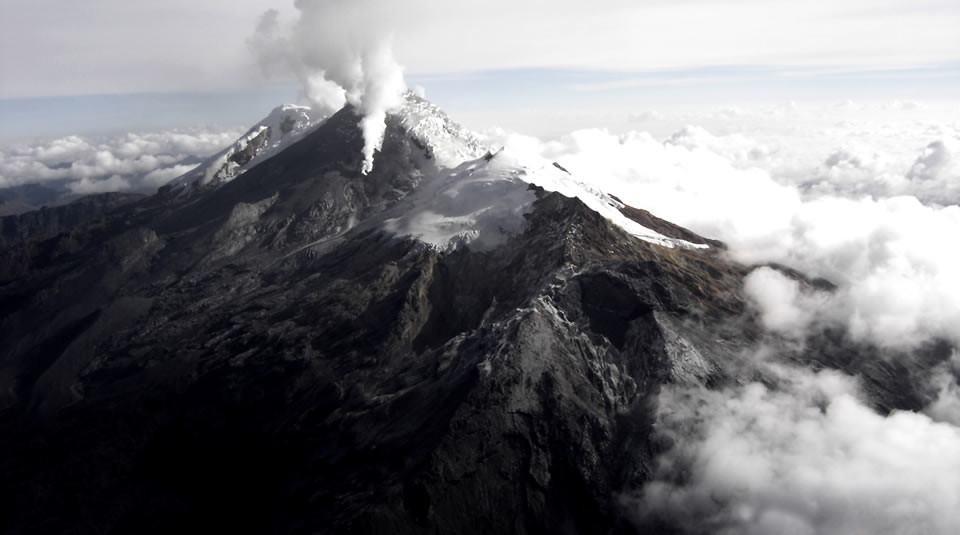October 16, 2019. EN. Colombia : Nevado del Huila , Peru : Sabancaya , Indonesia : Karangetang , Guatemala : Fuego .
October 16 , 2019. Colombia , Nevado del Huila : Weekly activity bulletin of the Nevado del Huila volcano. The level of activity of the volcano continues at…

